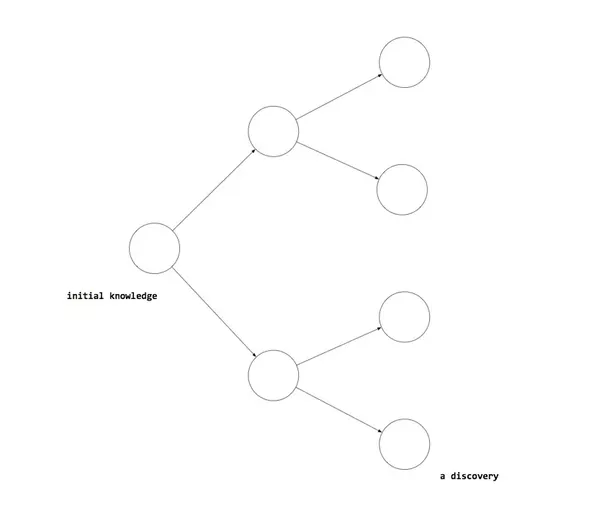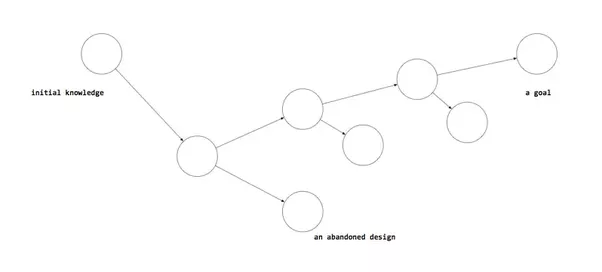
Why is it that research can be done by collaborators and design can’t? originally appeared on Quora - the place to gain and share knowledge, empowering people to learn from others and better understand the world.
Answer by Abhinav Sharma, Quora Product Designer, on Quora:
Context: Design and Research, by Paul Graham
Why is it that research can be done by collaborators and design can’t? This is too strong of a statement to be entirely true, but there’s something interesting in it. That research seems to be a collaborative global process and designing artifacts deliberately to solve a goal looks like it comes out of maverick work.
Some of the key differences between research and design are:
- Research is about uncovering knowledge and doesn’t have a clear to evaluate end goal.
- Design is about solving a problem, usually a user’s need, and it’s success can be evaluated clearly.
Research work usually builds very clear, reusable levels of abstraction as it goes along.

Meanwhile, the design process looks more like this. It starts with a goal and you discard whatever along the way doesn’t seem to be evaluating well against your goal.

In other words, research is more accepting of a breadth first search and design goes depth first to solve a problem and then iterates from there. I also just want to clarify that research often does have goals and needs goals to be successful, but they’re often not as specific or short-term oriented as design problems.
With that context, I’d propose the following reasons why design doesn’t work as well with collaborating:
- Collaboration actually works really well in the generative phase of design, but decision making by consensus is hard and the design process constantly makes decisions to abandon directions.
- Research doesn’t throw away as much because it doesn’t meet a user or business goal. So every interesting level of abstraction it discovered is cleaned up and shared, usually through an academic publishing system.
- It’s hard to work on partially complete, abandoned work, and designers only expose the final working end product and often the directions explored that failed never make it to the public eye, even if they had interesting ideas.
So for example, the cell phone is largely the emergence of research — basic science research led to the discovery of the p-n junction led to transistors led to microchips led to computers led to small computers that can communicate. But along the way people realized goals for them and used something closer to the design process to accomplish them, e.g.
- Can we make them small enough to fit into pockets instead of the back of cars (the early handheld Motorola devices)
- Can we make them have interfaces that humans find easy to use (iPhone)
and these latter things followed much more of the design process than research, where a few people took discoveries that could be abstracted into initial knowledge and quickly built up several layers of abstraction to accomplish a goal. The research process wouldn’t have suited this goal based phase as well for the reasons above.
This question originally appeared on Quora - the place to gain and share knowledge, empowering people to learn from others and better understand the world. You can follow Quora on Twitter, Facebook, and Google+. More questions:
